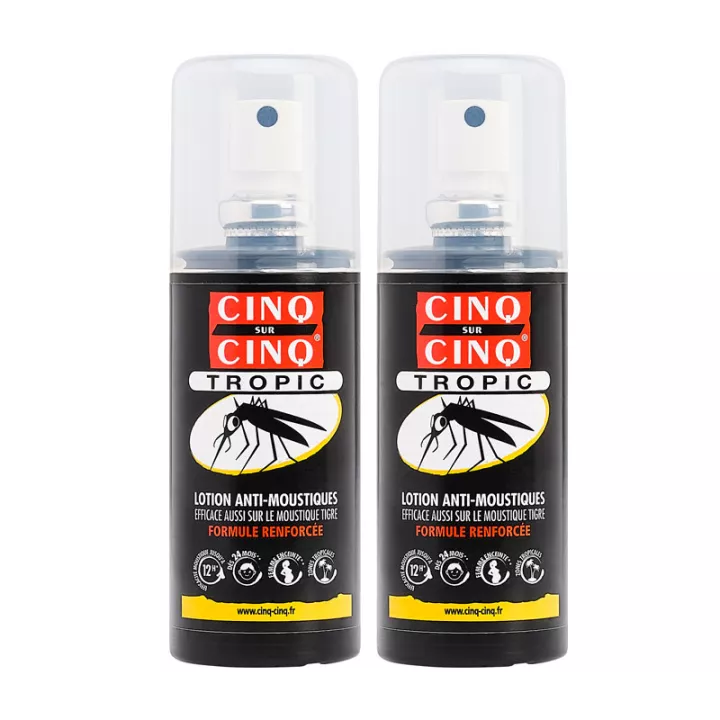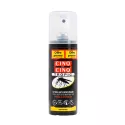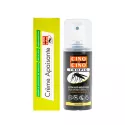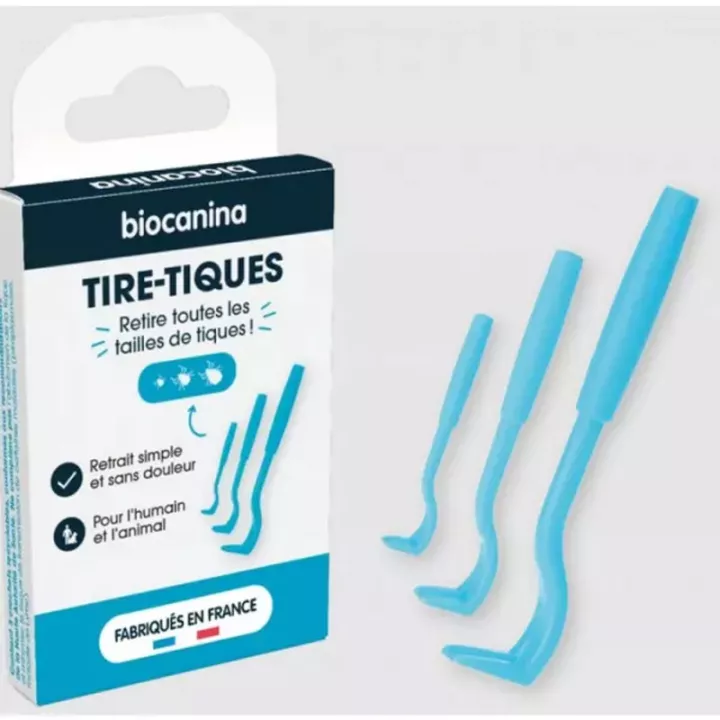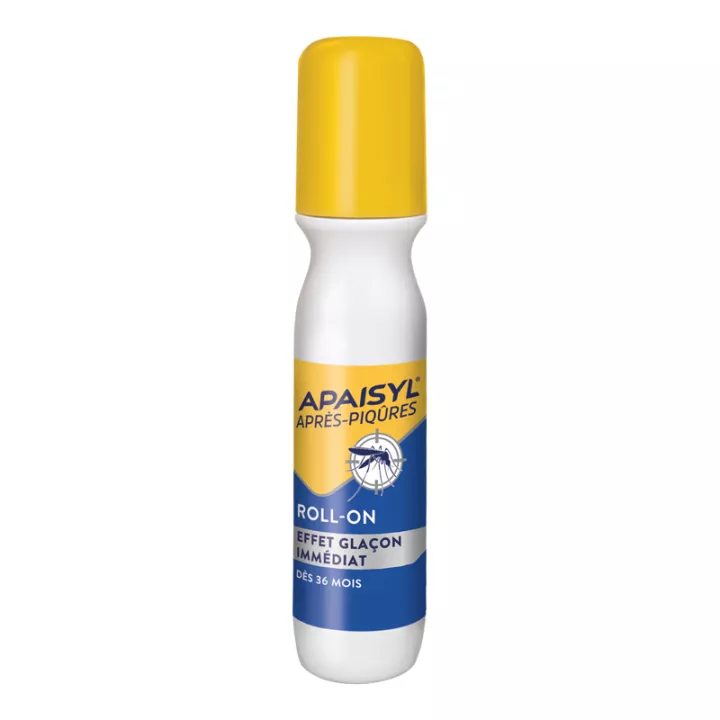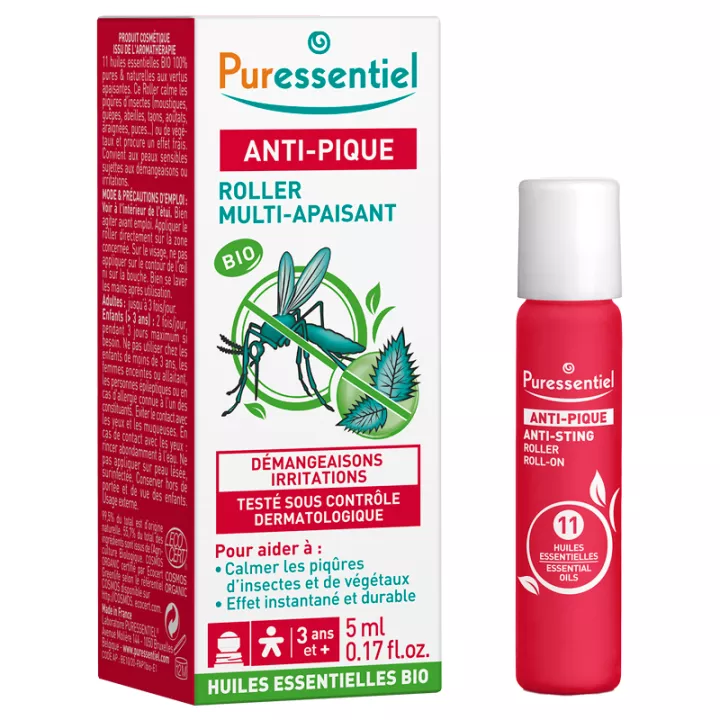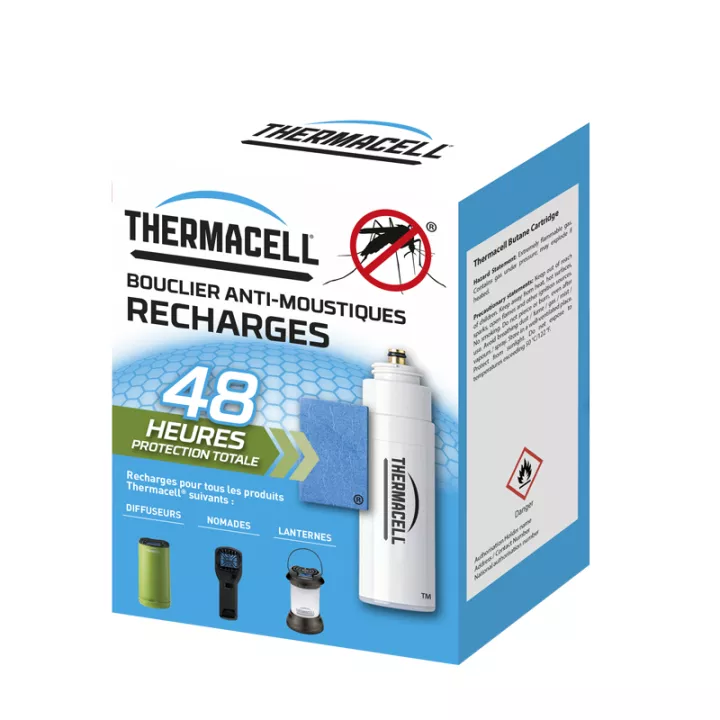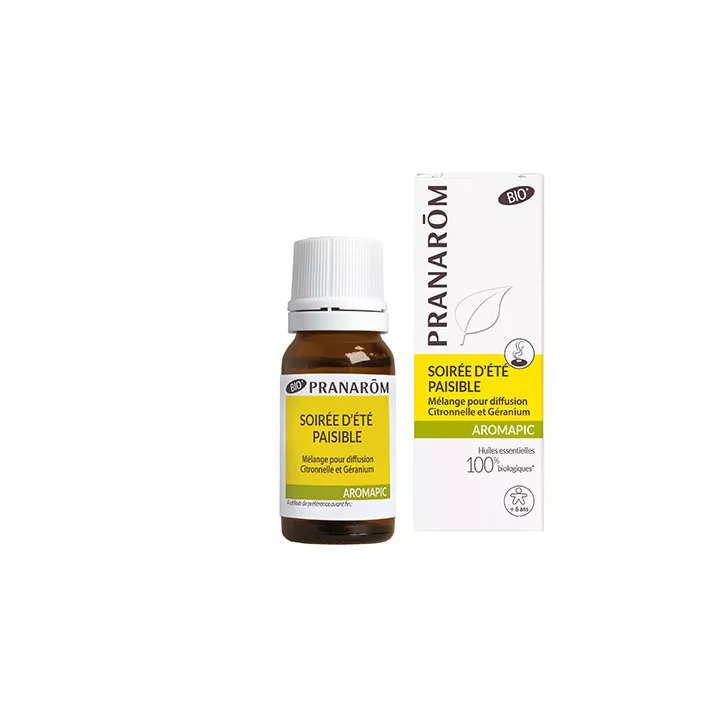What is Cinq-sur-Cinq Répulsif Spray Tropic Anti-Moustiques used for?
- Cinq-sur-Cinq Tropical Spray is a lotion that provides enhanced protection against insect bites. It is one of the possible preventive measures against the vectors of malaria, dengue fever and chikungunya. The repellent agent IR3535 is recognized and effective by the WHO.
- The lotion protects against insect bites for 8 hours, and is particularly useful in tropical zones where insects carry diseases (malaria, yellow fever or chikungunya).
- Tropic Spray by Laboratoires Cinq-sur-Cinq is suitable for pregnant women and children over 24 months. Its gentle fragrance makes for a more pleasant application.
Soin-et-nature offers you Cinq-sur-Cinq Tropic anti-insect spray from the Bausch & lomb laboratories, a formula with reinforced action for long-lasting repellence of biting insects carrying malaria, dengue fever, chikungunya, lymphatic filariasis and Japanese encephalitis.
Tropic Five-on-Five anti-mosquito spray has been developed to suit high-risk areas, and remains effective for up to eight hours at a time.
It is suitable for pregnant women and children over 24 months, and has no photosensitizing action.
Cinq-sur-Cinq Tropic contains the repellent IR3535, recognized by the World Health Organization and proven effective both in the laboratory and in the field.
Effective against mosquitoes, ticks, wasps and horseflies, it is effective in both temperate and tropical environments, and is one of your allies against travel bites.
We also offer Parakito Adulte Bracelet Anti-Moustiques Rechargeable Uni, at the best price in our online pharmacy.
How to use 5/5 Tropical zones mosquito repellent lotion?
In the evening or during the day, to protect against mosquito bites or other biting insects (ticks, wasps), the use of skin repellents is strongly recommended. In addition, particularly in high-risk areas, clothing can be impregnated with permethrin spray or dip.
For children under the age of walking, the use of mosquito nets, preferably impregnated on cradles and strollers, remains the most effective method of preventing the bites of these tiny flying insects.
- Apply Cinq-sur-Cinq Tropic to exposed parts of the body.
- Reapply every 8 hours or so, or after a bath or shower.
- MAXIMUM 3 applications per day for adults aged 12 and over.
- From 24 months to 12 years, 2 applications MAXIMUM per day.
- This product is suitable for pregnant women.
Use mosquito repellent spray 5 on 5 for legs: we recommend using insect repellent for clothing from the ankles to the knees to avoid tick bites, also on shoes (always for ticks).
Use tropic mosquito repellent lotion for hands: it's best to use the clothing mosquito repellent on gloves in very difficult areas, such as swamps, and you can also put repellent on the back of the hand and wrists (sometimes uncovered momentarily when you stretch out an arm).
Use tropical zone mosquito repellent for the head: we suggest applying clothing repellent to the balaclava or headgear used, plus mosquito repellent on the face and neck.
If you're out hiking or walking, spray a suitable body mosquito repellent (child or adult) on bare areas, repeating every 6 hours or even every 2-3 hours if you sweat a lot!
To protect yourself from mosquitoes, the first thing to do is to be vigilant about what may serve as a "larval nest". Larvae can be found in any collection of water where mosquitoes can lay their eggs: swamps, tree hollows, old tires... The World Health Organization (WHO) recommends skin repellents, mainly those containing DEET, IR3535 or Icaridine.
Give your opinion on the advice for use and dosage of Cinq-sur-Cinq Répulsif Spray Tropic Anti-Moustiques with our partner Avis Vérifiés after your purchase.
Precautions for use
- Do not use on children under 3 years of age.
- Do not apply to irritated or injured skin.
- Avoid contact with eyes and mucous membranes.
- Keep out of reach of children.
- Use in a well-ventilated area.
- Avoid inhaling vapors during application.
What is the composition of Tropic 5 sur 5 lotion?
Repellent 3535: 35% m/m Ethyl N-Acetyl-N-Butyl-B-Alalinate (CAS 52304-36-6), TP19 - AL Parsol MCX: 2%, Hydroalcoholic excipient: 35%.
IR 3535 or 35/35 is a synthetic repellent with proven efficacy against mosquitoes in temperate and tropical zones.
Presentation
Cinq-sur-Cinq Tropic Anti-mosquito Lotion is available in our online pharmacy at the best price in 75 ml format, in packs of 2 bottles of 75 ml and in a limited-time offer of 100 ml.
Our expert opinion
When you're traveling (for business or pleasure) in tropical or humid areas at risk of pallusdism and malaria, you can rest assured that you're not at risk from insect bites.
IE 3535 is a synthetic repellent with proven efficacy against mosquitoes in temperate and tropical zones.
- Not recommended for children under 6 months, authorized for pregnant women.
- High concentration recommended for tropical zones, lower concentration for temperate zones
- Concentration of 10 to 35%.
Learn more about different biting insects.
The Culex mosquito
Culex mosquitoes are the predominant mosquitoes in mainland France. There are many species, including the common Culex pipiens, with which we are all familiar. Most Culex subspecies prefer to bite birds rather than humans or other mammals. They are therefore often considered less dangerous than Anopheles or Aedes mosquitoes. They can, however, spread serious diseases such as West Nile fever and Japanese encephalitis.
The Tiger mosquito (Aedes albopictus)
There are some 260 species of Aedes mosquitoes on the planet. The Aedes mosquito takes its name from the ancient Greek, meaning "unpleasant", which is justified by the very strong nuisance caused by this highly aggressive, painfully biting type of mosquito.
The Anopheles mosquito
Of the 3,500 species of mosquito in existence, some 430 belong to the Anopheles genus. The dreaded Anopheles mosquito is capable of transmitting malaria.
Ticks
Ticks are acarids that have been around for around 140 million years. There are over 800 different species. Known to parasitize domestic animals (especially dogs), they can also take humans as hosts. Ticks can transmit serious and potentially fatal diseases. Humans can also develop allergies to tick bites, even when they are not infected.
Sandflies
Sandflies are very small insects that resemble midges. They can transmit serious diseases.
The Fly
First appearing 65 million years ago, flies have been a nuisance for mankind throughout its history. The word fly is a generic term used to designate a large number of very different insect species found in the orders of Diptera (caddis flies, house flies, tsetse flies), Ephemeroptera (mayflies), Hymenoptera (gall flies), Coleoptera (fire flies), Hemiptera (bedbugs) and Mecoptera (scorpion flies).



